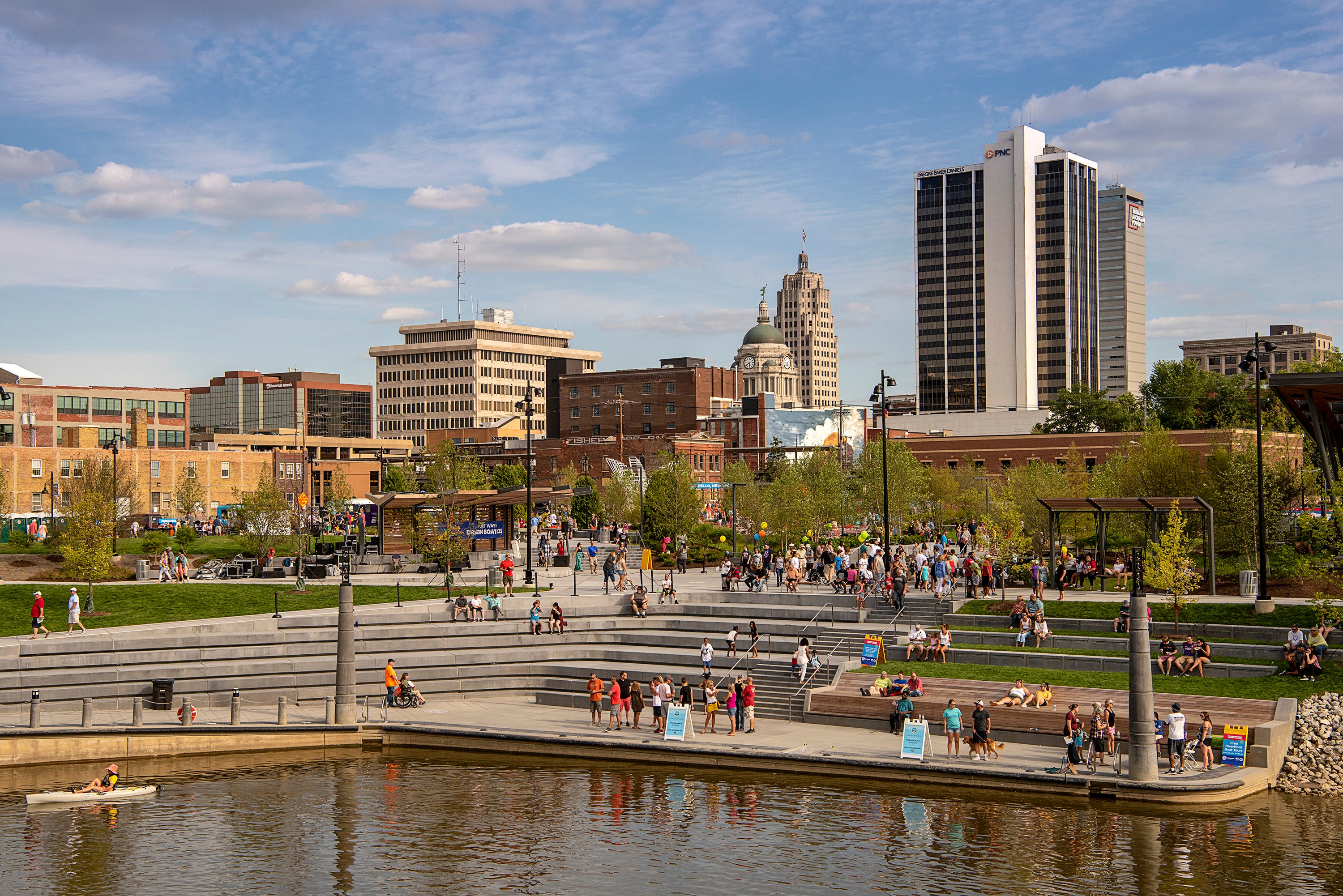
The end of daylight saving time is merely hours away, with clocks "falling back" overnight as most American states revert to standard time, which stays in place through next March.
As some try to make subtle changes to prepare their bodies for the upcoming time change, others may be wondering exactly when the clocks will switch.
At 2 a.m. local time, clocks will "fall back" an hour, leading to an extra hour of sleep this evening for Americans in states that observe daylight saving time.
The observance of daylight saving time for a portion of the year results in a 25-hour day in November, which will be Sunday, and a 23-hour day in March, when clocks "spring forward" for the beginning of daylight saving time.
In that instance, clocks skip ahead an hour at 2 a.m. local time, with the time moving from 1:59 a.m. to 3 a.m. at the start of daylight saving time observance.
With the switch back to early sunsets, with a 4:40 p.m. sunset on Sunday, some may wonder what the season would look like if clocks simply never fell back.
If daylight saving time didn't end this year, our sunrise in January would be 8:18 a.m. and sunset would be 5:30 p.m.
Local
In Chicago, the sun would rise after 8 a.m. from Dec. 3 through Feb. 3.
An 8:18 a.m. sunrise in January isn’t too late when you consider the time sunrise would be on the western edge of the eastern time zone in Michigan and most of Indiana.
Feeling out of the loop? We'll catch you up on the Chicago news you need to know. Sign up for the weekly Chicago Catch-Up newsletter.
Grand Rapids would have a sunrise at 9:13 a.m. and sunset at 6:18 p.m. in January. Indianapolis would have a sunrise of 9:05 a.m.
The later sunrise could present problems for morning commuters and children heading to school, especially in areas where darkness would last until well after many schools start class.
Additionally, icy or foggy conditions would be more likely to last into the later hours of the morning with later sunrises, which could present traffic complications and increased risk to travel.
If standard time were kept, the summer hours would look quite different with earlier sunrises and sunsets, taking away later evening hours that many have grown accustomed to daylight time in.
Chicago's sunrise in June would be 4:14 a.m. instead of 5:14 a.m., and the sunset would be 7:30 p.m. instead of 8:30 p.m.
While many some evening activities would potentially be missed out in the summer, NBC 5 Storm Team meteorologist Kevin Jeanes said that a permanent adoption of standard time would be easier to adjust to than permanent daylight time.



